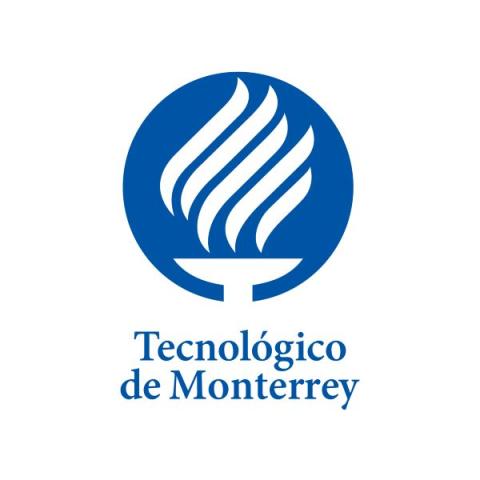
A good plan is essential to make online international courses a success
Technological advancements have globalised higher education. It is becoming increasingly common to collaborate with universities in online classrooms that bring together students and teachers from all over the world. In the autumn, our institution ran 12 online international classes, and next semester, we will run 13. This enriching practice allows us to broaden students’ horizons and prepare them for a global and multicultural world. But it also brings challenges, so it is crucial to collaborate effectively with other educators when planning your courses.
Factors to take into consideration when planning an international online course
First and foremost, clarify the theme and focus of the course with your teacher collaborator/s. Then, decide on the duration of the collaboration and identify the characteristics of your prospective students, including their ages, academic backgrounds and language proficiency.
Another aspect to consider is that there may be time differences between the universities involved. In this case, you could use tools such as YouCanBookMe or Calendly to streamline the coordination process.
The ratio of students from each university also plays a crucial role in an online classroom. We recommend at least one to three to ensure a meaningful experience.
If you are considering involving more than two classes or universities in the collaboration, be prepared for a more complex planning and implementation process.
- Resource collection: Creating online learning communities
- Resource collection: The business of online education
- Creating a welcoming and inclusive online learning community
Facilitate collaboration with teachers and between students
It is essential to build and nurture a relationship with your teacher collaborators from the outset. Hold regular check-ins for updates, distribute responsibilities among the team to leverage diverse skills, and be flexible in your approach to promote a productive partnership.
Designing collaborative activities to encourage interaction and idea exchange among students is important. They should be adaptable to different disciplines to enrich students’ knowledge and experiences. Brainstorm ideas with your teacher collaborator and establish a common repository of activities with instructions that are accessible to all universities involved. Tools such as Miro, Padlet, Wakelet and Flip work well for online collaboration.
During classes, providing a welcoming environment for students is essential. This involves designing introductory activities, such as icebreaker videos using Padlet or Flip, and encouraging students to connect with their collaborative partners using Zoom, Google Meet or other meeting platforms. This cultivates mutual understanding among students, enhancing the overall learning atmosphere. You can assess the effectiveness of these activities by seeking feedback via platforms such as Slack and Microsoft Teams or by holding brief, follow-up meetings with students.
During international collaborations, effective communication is key. To mitigate language barriers, we recommend using translation and automatic subtitle tools, such as those available in Zoom and PowerPoint. Additionally, encouraging the use of review and translation tools such as Grammarly can enhance students’ writing.
Continuously look for ways to improve your international course
Record sessions where possible. Having these recordings to look back on and see what has worked well and what hasn’t will help you improve your course. Hold weekly meetings to keep students engaged and give them a chance to ask any questions or raise concerns.
After the collaboration ends, we suggest holding a debrief with the other teachers involved. During this session, you can evaluate the overall experience, identify areas for improvement and set out the next steps. The feedback you collect is invaluable for improving future collaborations. Continuously reviewing and improving your course also encourages long-term academic collaboration between institutions.
Careful planning and the use of appropriate tools are essential when it comes to facilitating international collaboration. Continuously improving these aspects will enable us to prepare students for an ever-changing multicultural and globalised world.
Nelly Ramírez Vásquez is a tutor professor at Tecnológico de Monterrey. Mariana Estefanía Elizondo García is a tutor at Tecnológico de Monterrey.
If you would like advice and insight from academics and university staff delivered direct to your inbox each week, sign up for the Campus newsletter.




